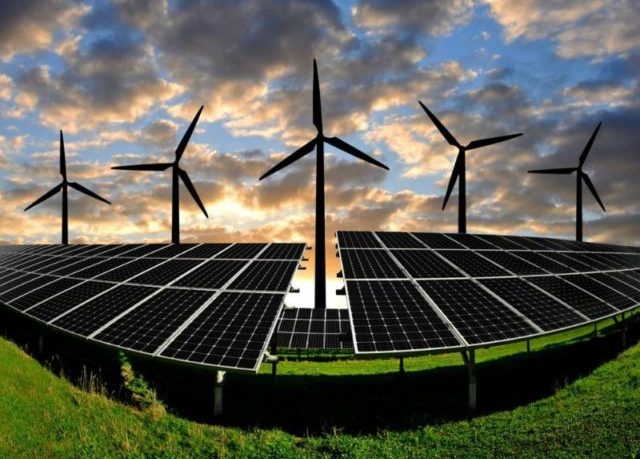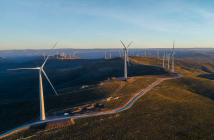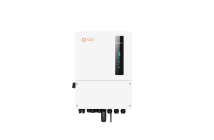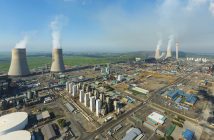- The National Energy Regulator of South Africa has released a list of municipalities with approved small-scale embedded generation (SSEG) tariff structures.
- The Association of Municipal Electricity Utilities (AMEU) strategic advisor Vally Padayachee said he had requested and received the list from NERSA on 2 September.
Speaking to ESI Africa, Padayachee said according to his understanding any municipal customer who was already generating their own electricity (self-generating) or planning to do so would not automatically be allowed to sell electricity to their respective municipality.
These customers would first need to approach their municipality to discuss what was possible and then follow the applicable processes and finally get formal authorisation or permission from the said municipality. “They should approach and/or apply directly to their applicable municipality and accordingly follow the municipality’s respective processes,” he explained.
This newly updated list means 29 of South Africa’s municipal electricity utilities already have aspects or components of an SSEG tariff structure in place to incorporate small-scale embedded generation into their electricity networks. Padayachee thinks this number may increase as more municipalities gain SSEG tariff structure approval from NERSA.
He noted that South Africa’s municipalities (let alone the EDI sector) are still heavily regulated with regards to how they can procure electricity, “with for example the ‘Eskom single-buyer model’, inter alia, prohibiting them from buying electricity directly from an independent power producer”.
“At least now the doors are opening and there is more understanding in the energy space in terms of the thinking. In some cases, we as SA are leaders in the renewable energy space. Look at, for example, the DMRE REIPP Programme, which put South Africa on the global map in its support for renewable energy.
“Now with Eskom’s operational challenges, among other issues, it will mean we have to of necessity look at alternative sources of energy procurement. This would be a step in the right direction, if municipalities are to comply with their service delivery mandate to its end-use customers,” said Padayachee.
Nhlanhla Ngidi, spokesman for the South African Local Government Association (SALGA) agreed that the release of the list was step in the right direction: “NERSA had put this approval of these tariffs on hold, but what they did this week was approve the ones that were on hold.”
Municipalities with SSEG tariff structures
The NERSA list of municipalities with approved small-scale embedded generation tariffs as of 2 September is as follows :
1. Beaufort West
2. Bitou
3. Breede Valley
4. Cape Agulhas
5. Cederberg
6. City of Cape Town
7. City of Mbombela
8. City of Tshwane
9. City Power
10. Drakenstein
11. Emalahleni MP
12. Ephraim Mogale
13. eThekwini Metro
14. George
15. Govan Mbeki
16. Hessequa
17. Kai !Garieb
18. Knysna
19. Langeberg
20. Matzikama
21. Buffalo City
22. Mossel Bay
23. Nelson Mandela Bay
24. Oudtshoorn
25. Saldanha Bay
26. Sol Plaatjie
27. Stellenbosch
28. Swartland
29. Theewaterskloo
Author: Theresa Smith
This article was originally published on ESI Africa and is republished with permission with minor editorial changes.











